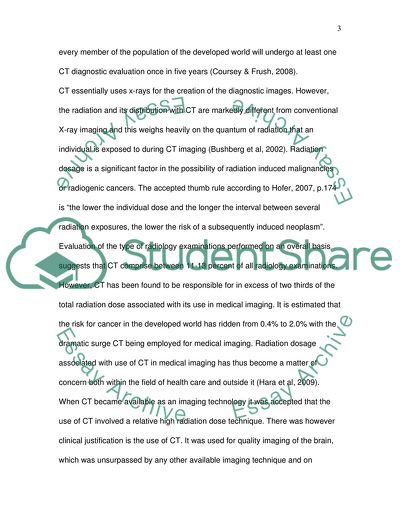Cite this document
(Assessment of the Compliance of Radiation Dosage Guidelines for Comput Research Proposal, n.d.)
Assessment of the Compliance of Radiation Dosage Guidelines for Comput Research Proposal. https://studentshare.org/medical-science/1733268-anything-regarding-computed-tomogaphy
Assessment of the Compliance of Radiation Dosage Guidelines for Comput Research Proposal. https://studentshare.org/medical-science/1733268-anything-regarding-computed-tomogaphy
(Assessment of the Compliance of Radiation Dosage Guidelines for Comput Research Proposal)
Assessment of the Compliance of Radiation Dosage Guidelines for Comput Research Proposal. https://studentshare.org/medical-science/1733268-anything-regarding-computed-tomogaphy.
Assessment of the Compliance of Radiation Dosage Guidelines for Comput Research Proposal. https://studentshare.org/medical-science/1733268-anything-regarding-computed-tomogaphy.
“Assessment of the Compliance of Radiation Dosage Guidelines for Comput Research Proposal”. https://studentshare.org/medical-science/1733268-anything-regarding-computed-tomogaphy.


